Control_Panel_Testing_-_Tips_and_Tricks.pdf
Transcript:
[0m:4s] Hi, I'm Josh Bloom, welcome to another video in the RSP Supply education series. If you find that these videos are helpful to you, it certainly helps us out if you could give us a big thumbs up and subscribe to our channel. In today's video, we want to share with you a few tips and tricks we have found to be useful when testing an industrial control panel.
[0m:24s] There are many steps involved when performing these types of tests which can take a lot of time and effort. By following some of the simple steps that we have outlined, you can hopefully save some time while still performing an accurate test. So, let's get to it.
[0m:40s] Number one: check your drawing. When doing any kind of testing on a control panel, it is important to first check your drawings against the panel to make sure that everything is built to the specifications on the drawings.
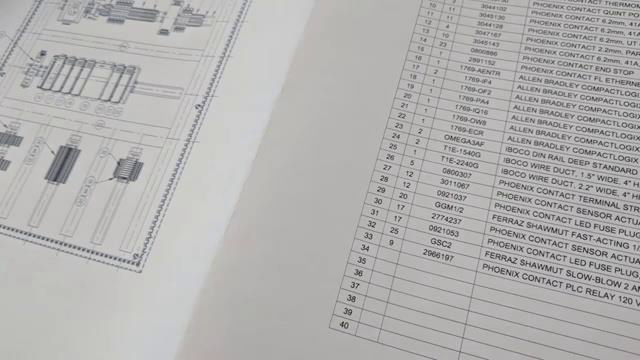
[0m:56s] By taking time before testing begins to review the drawings you can find some of the common mistakes that may have been made during fabrication.
RSPSupply
1-888-532-2706
www.rspsupply.com
www.youtube.com/RSPSupply
[1m:7s] Number two: point to point testing.
[1m:10s] One of the simplest ways to check that your terminations have been made correctly and that they are in the proper locations is to perform some simple Point to point tests using a multimeter.
[1m:23s] This simple test will ensure that each termination is fully secured, and more importantly, that each wire is terminated in the proper location.
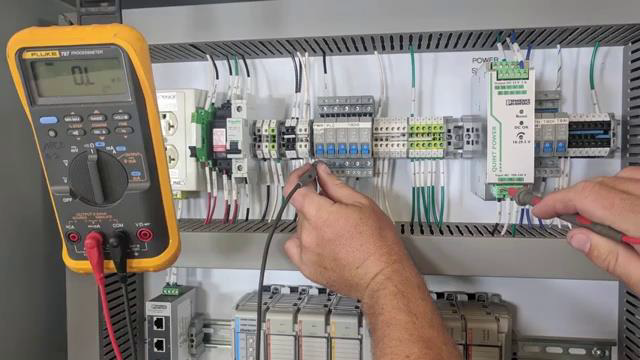
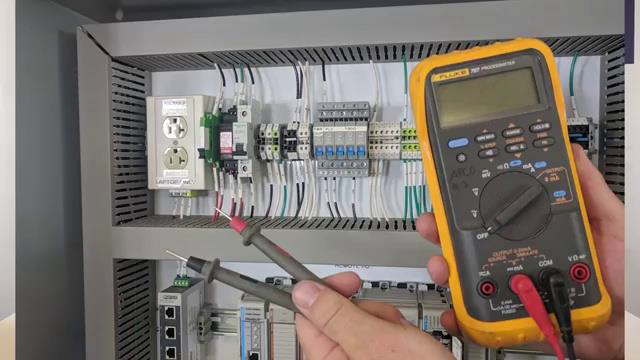
[1m:34s] Make sure to use your drawings in conjunction with this test to ensure that everything is wired correctly. Number three: check power, one breaker or fuse at a time.
[1m:48s] When you first begin to test your panel and its functionality, one of the first items that has to be checked is the panels power. You need to make sure that it turns on, and ensure that power is being properly distributed to all of the components throughout the panel.
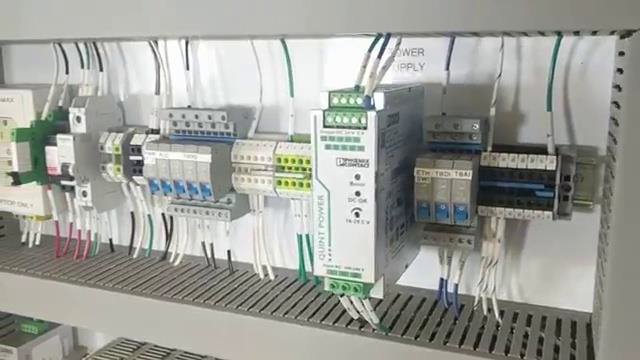
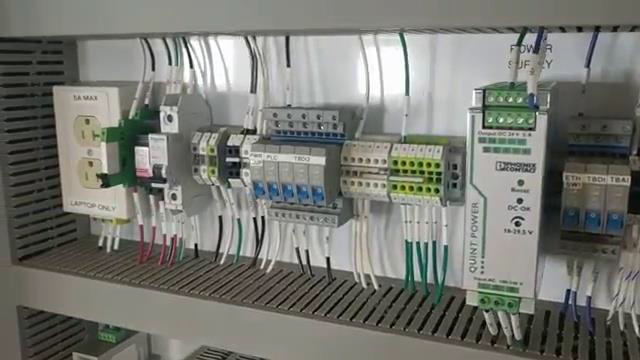
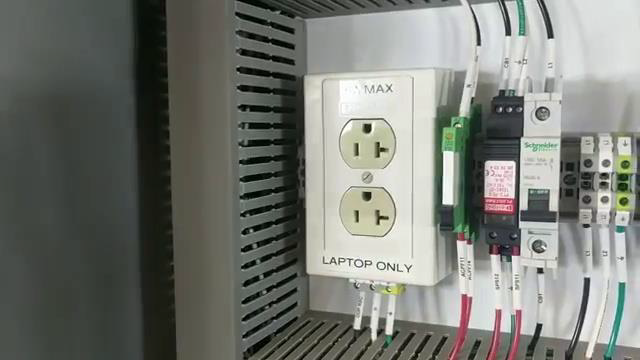

[2m:7s] It is critical that before the panel is energized that all of the breakers and or fuses are off or disconnected. The reason for this is we want to be able to control where the power is being distributed as we begin to power up each component for the first time. Normally you start by turning on the main panel breaker, then you energize each supplementary breaker or fuse until each component has been fully powered.
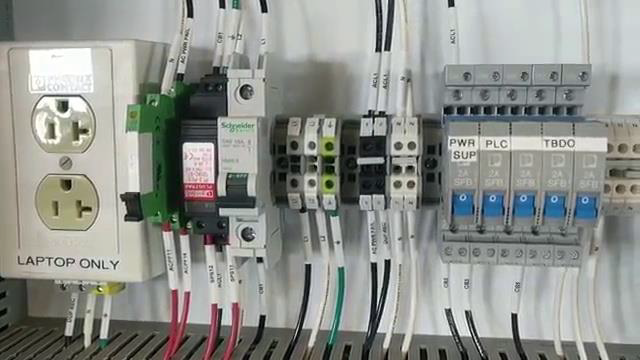
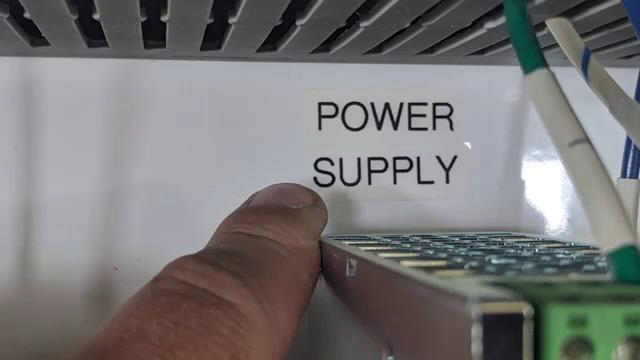
[2m:37s] This allows the person performing the test to troubleshoot any problems as they arise, and avoid any unnecessary damage to expensive hardware in the panel due to power.
[2m:50s] Number 4:
[2m:51s] Save some time and use a jumper.
[2m:54s] When testing your digital input signals, instead of using some fancy testing hardware, one of the easiest ways to simulate this type of input is by using a jumper wire.
[3m:6s] Since a digital input is simply looking for voltage that is being switched at the field device, we can simply simulate this switching by using a jumper wire that is connected on one side to the proper input voltage, while then placing the other side on the proper input terminal for any given digital input signal.
[3m:29s] Each time the voltage is moved to a different terminal, the signal can be sensed by the PLC, thus testing and simulating that signal input.
[3m:40s] This is a very quick and effective method to accurately check to make sure that each digital input signal is working properly.
[3m:49s] Number five: document your test results. It is very important that if you are conducting your test that you accurately document the results.
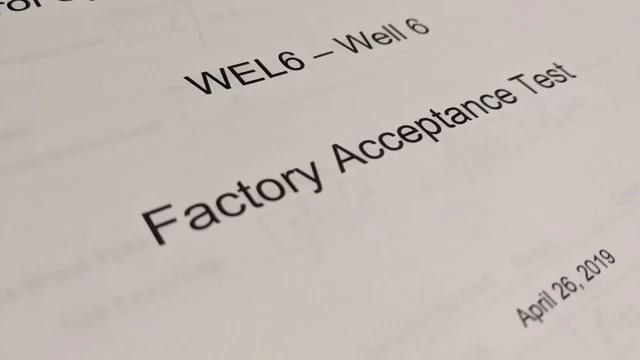
[4m:0s] This documentation should include every part of the test from the power up portion of a testing, testing signals, and making sure that labels are correct. Proper test documentation should be saved in case it needs to be provided to the client at a later date.
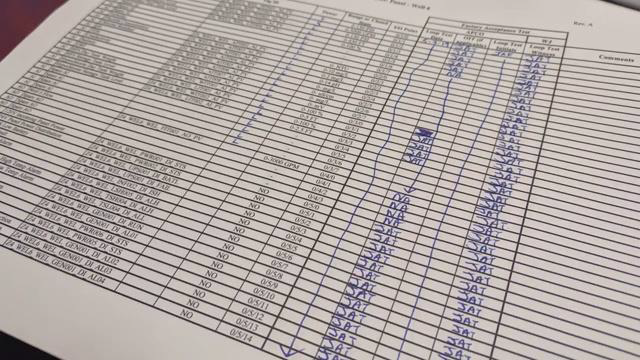
[4m:18s] Also, proper testing documentation ensures that nothing is missed during the testing phase.
[4m:25s] By following some of the steps that we have outlined in this video, you will be able to successfully navigate the testing process for any industrial control panel. As I mentioned before, these are just a few tips and tricks that we have found to be very effective.
[4m:41s] There are many ways a control panel can be tested that we have not talked about today.
[4m:46s] For a full live industrial control panel hardware and thousands of other products, please go to our website. For more information or other educational videos, go to RSPSupply.com the Internet's top source for industrial hardware. Also, don't forget: like and subscribe.




